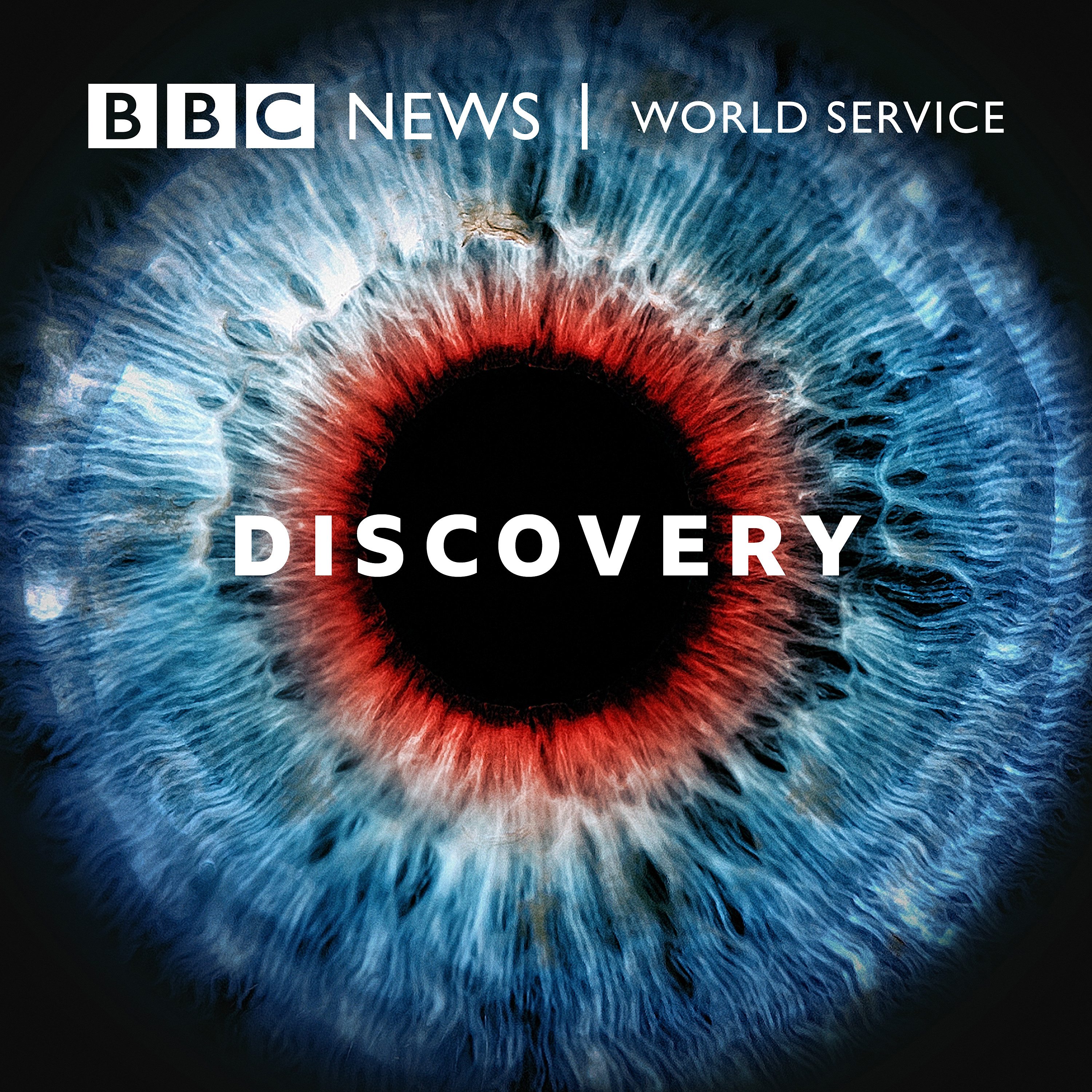Feeding the World - Part One

As the world’s population grows and the climate challenges our ability to grow crops, how can agriculture provide enough food? Can we get more from our current food crops for less? Scientists and farmers alike have been increasingly haunted by the environmental effects of high-intensity farming over the last half century. There is now an urgent need to be more mindful of the landscape and our finite ecological resources. Professor Kathy Willis, science director of Kew Gardens, looks at how we can breed better-adapted and more efficient crops by exploiting the wealth of natural diversity in our so-called crop wild relatives. They are the species from which all our current crops originally evolved. Many researchers now believe that these ancient relatives hold the key to future crop improvement. She finds out how the International Rice Research Institute in the Philippines is breeding new varieties that can cope with droughts and floods at unpredictable times. Storm surges make farmland in coastal areas too salty for most crops to grow. Pathogens and pests evolve so rice varieties are losing resistance to new strains of pathogens or insects. Kathy Willis meets the scientists who are reassessing our crops ancient ancestors that hold the genetic diversity that is needed to give the resilience we need to cope with the extremes of climate predicted for the coming decades. (Photo: Workers on a rice plantation. Credit: Nick Wood)